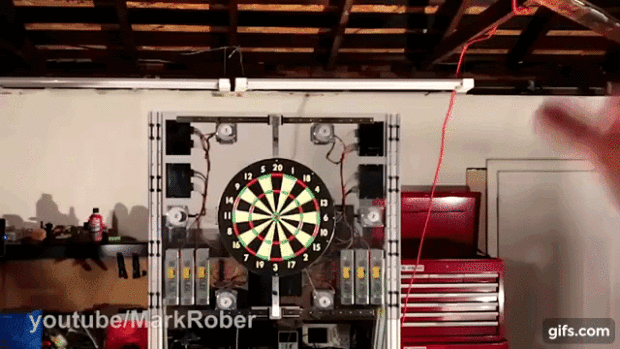
The 2017 Hackaday Project started just last Monday. The event is divided into five different challenges spread throughout the year with over $250K in cash prizes. The first challenge, Design Your Concept, continues through May 1. Those who wish to participate are tasked with creating something that will assist with exploring the unexplored. Creators need to discuss what they think the challenge means, explain how their project would address it, and publish at least one image that illustrates how their project works.
The Hackaday Project will continue throughout the year with Internet of Useful Things in May, Wheels, Wings, and Walkers in June, Assistive Technologies in July, and Anything Goes in September. Each of these challenges will last six weeks. At the end of each challenge, twenty finalists will each be required to submit three prototype replicas for the final contest and awarded $1K. Participants are allowed to submit the same project to every challenge if they wish. At the end of all five challenges, one final contest will award the creators of the top six projects with $5K, $10K, $15K, $20K, $30K, and $50K based on their placings.
The Hackaday Project is an excellent means of getting noticed as a creator. The money is nothing to ignore, but makers will want to strive for that first place in the final contest to be considered for a residency in the Supplyframe Design Lab.
Allen Pan is on a mission to answer magic and fiction with science and technology. Known as the creator Sufficiently Advanced, Pan has made a name for himself crafting amazing inventions like a Thor’s hammer that can only be picked up by someone worthy and a Jedi lightsaber that can actually burn through objects. Last Saturday, Pan released a video of his newest creation: a Legend of Zelda Ocarina that actually has control of its surroundings.
A microphone hooked up to a series of contraptions and devices carefully listens to the notes Allen plays with his Ocarina and responds accordingly. The whole set-up is pretty neat, and it’s clever how Pan associated the purposes of each in-game song to a real-life equivalent. For example, Sun’s Song, used in the game to turn night to day, turns on the lights in Pan’s house. Epona’s Song, used in the game to summon Link’s trusty horse to his side, unlocks Pan’s car door.
I’m a little disappointed the Song of Storms doesn’t activate his sprinkler system though. It would have been funny to see him prank a visiting friend by soaking them at the door. Pan followed up his first Ocarina video with a second one this past Friday. This one explains how he brought the famous video game instrument to life.
This past Tuesday, we unveiled the winner of our Pi Day contest. The contest asked participants to make something that incorporated pi/pie. Whether that was Raspberry Pi, numerical pi (π), or yum-that-looks-so-good pie was up to each contestant.
We got a lot of creative entries. Most participants actually used a combination of two different versions of pi/pie in their project. Some used all three. Ultimately, Kirby G’s Raspberry Pi Zero-powered memory game took home the grand prize, but we made sure to acknowledge all of the immediate runner-ups as well.
Also this week, former NASA engineer Mark Rober unveiled a moving dartboard he has been putting together for the past three years. It’s pretty nifty. A Vicon motion capture system tracks a thrown dart, predicts the dart’s flight path, and informs 6 stepper motors where to move the attached dartboard.
The entire process happens in about 400 milliseconds and ensures players will hit the bullseye every single time. For the final test, Rober brought the dartboard to a bar, allowed the patrons to try it out, and recorded their reactions on camera. As someone who is absolutely awful at darts, I would be ecstatic to own something like this!
ADVERTISEMENT









